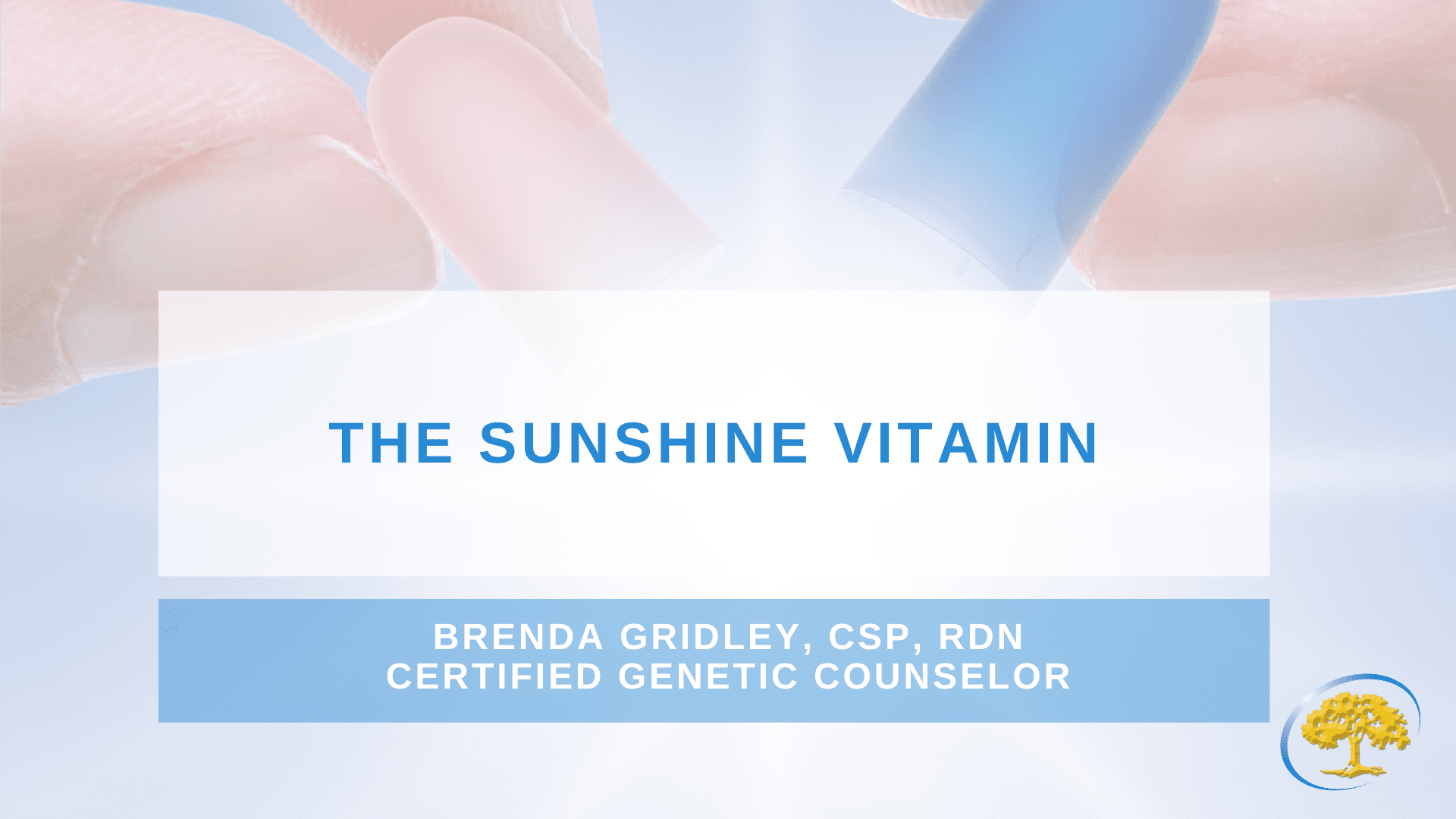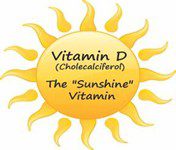
Posted 1 year ago
The Sunshine Vitamin

Vit D is necessary for many bodily functions and helps maintain health.
Aids in the absorption of calcium and phosphorus in our bodies, brings calcium and phosphorus to our bones and teeth, and helps regulate how much calcium remains in our blood. Together with calcium, vitamin D helps protect against the loss of bone mass and improves skeletal integrity.
It helps with proper muscle function and allows the brain and body to communicate through nerves.
Helps regulates many other cellular functions in your body. Its anti-inflammatory, antioxidant and neuroprotective properties support immune health, muscle function and brain cell activity.
There are 3 ways to get Vitamin D
Through Food- 7 Nutritious Foods That Are High in Vitamin D
Salmon – Wild salmon typically contains more vitamin D than farmed salmon.
Herring and sardines
Canned tuna- choose light tuna and limit intakes to once a week to prevent methylmercury buildup.
Egg yolks- Hens raised outside or fed Vitamin D enriched feed contain higher contents.Mushrooms- Can synthesize Vitamin D2 when exposed to UV light. Only wild mushrooms treated with UV light are good sources of Vitamin D.
Vitamin D fortified foods- Natural sources of vitamin D are limited, especially if you’re vegetarian or don’t like fish.
Cow’s milk
Soy milk
Orange juice
Cereal and oatmeal
Through Supplements
Some individuals may need extra vitamin D, such as older adults, breastfed infants, people with dark skin, those with certain medical conditions including liver disease, cystic fibrosis, celiac disease and Crohn’s disease, and those with obesity or who have had gastric bypass surgery. Always check with your health care provider before taking a vitamin D supplement. Cod liver Oil can be taken as a supplement form of Vit D.
From the Sun
The amount of vitamin D your skin makes depends on many factors, including the time of day, season, latitude and your skin pigmentation. Depending on where you live and your lifestyle, vitamin D production might decrease or be completely absent during the winter months. Sunscreen, while important to prevent skin cancer, also can decrease vitamin D production.
It’s important to note that the sun’s UVB rays cannot penetrate through windows.
Midday is the best time to get Vitamin D, as the sun is at its highest point and your body may manufacture it most efficiently around the time of day. This means that you need less time in the sunlight at midday.
Skin Color May Affect Vitamin D Production
Darker skinned people have more melanin, a compound that protects against skin damage by reducing the amount of UVB light absorbed. This means that darker skinned people may need more time in sunlight to make the same amount of Vitamin D a lighter skinned people.
Expose More Skin to Make More Vitamin D
You need to expose enough skin to sunlight to maintain healthy Vitamin D blood levels. Wearing a tank top and shorts for 10-30 minutes 3 times a week should be sufficient.
The Bottom Line
Regular sun exposure is the most natural way to get enough vitamin D, but If you’re planning to stay in the sun for a while, it’s best to apply sunscreen after 10–30 minutes of unprotected sun exposure to help prevent sunburn and skin cancer.
Although our bodies can make vitamin D from UV light from the sun, that’s not necessarily the best way to meet your needs. The Centers for Disease Control (CDC) recommend several steps to limit UV exposure to reduce the risk of skin cancer. These include spending more time in the shade, wearing sunscreen, and covering up when you are in the sun. Because of this, food sources of vitamin D or vitamin D supplements are typically the best way to meet your vitamin D needs consistently and safely.
Brenda Gridley, CSP, RDN

Areas Brenda has managed include pediatric and neonatal intensive care units where she was responsible for individualizing therapeutic diets and alternate nutrition support based on specific metabolic needs, medical conditions, and cultural preferences.
Her passion for nutrition was developed at a young age and reared by her grandmother who always instilled the importance of a healthy diet and active lifestyle. When her grandmother became ill, Brenda became aware of the impact nutrition plays in disease prevention and maintaining overall mind and body health.
